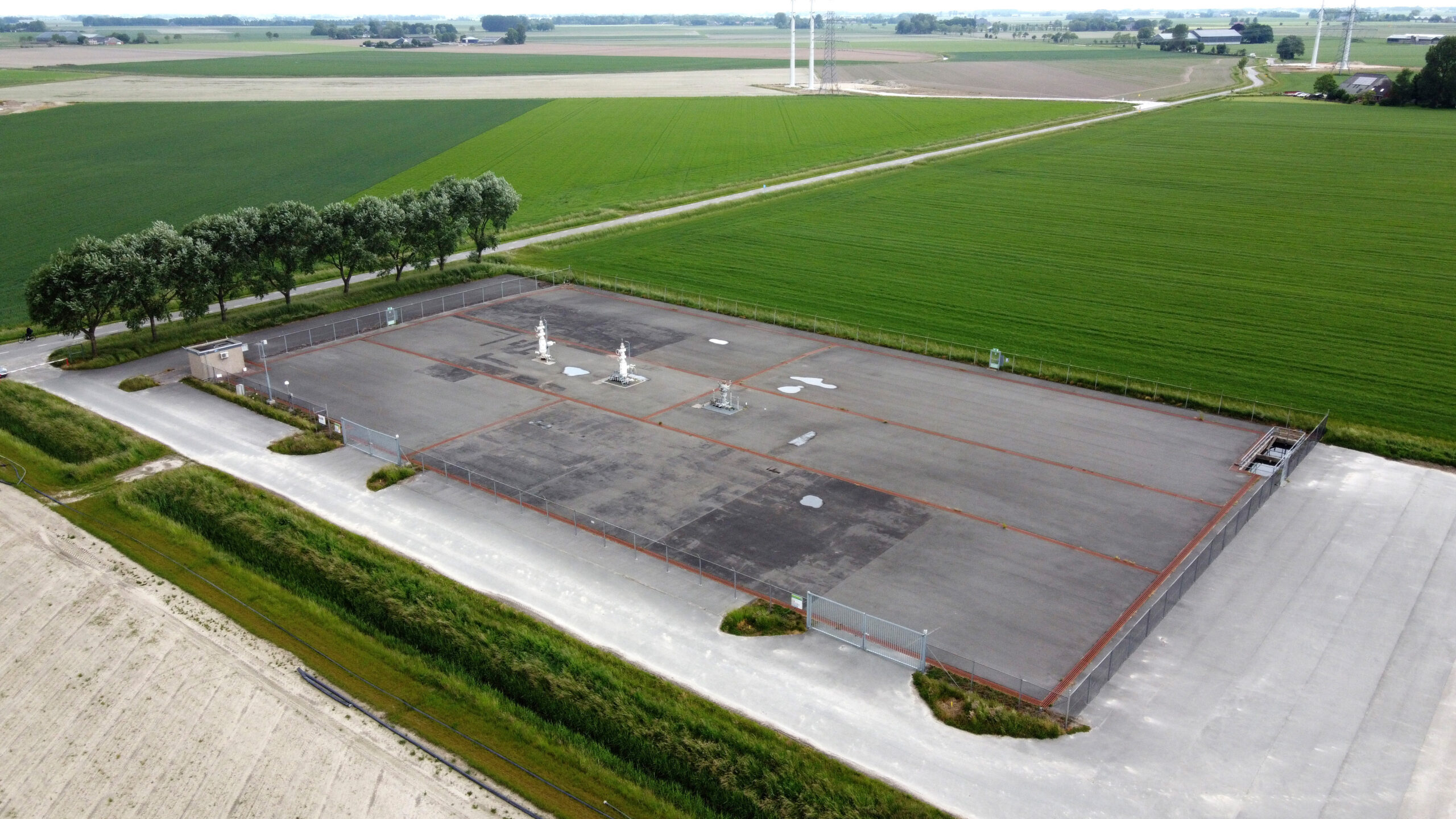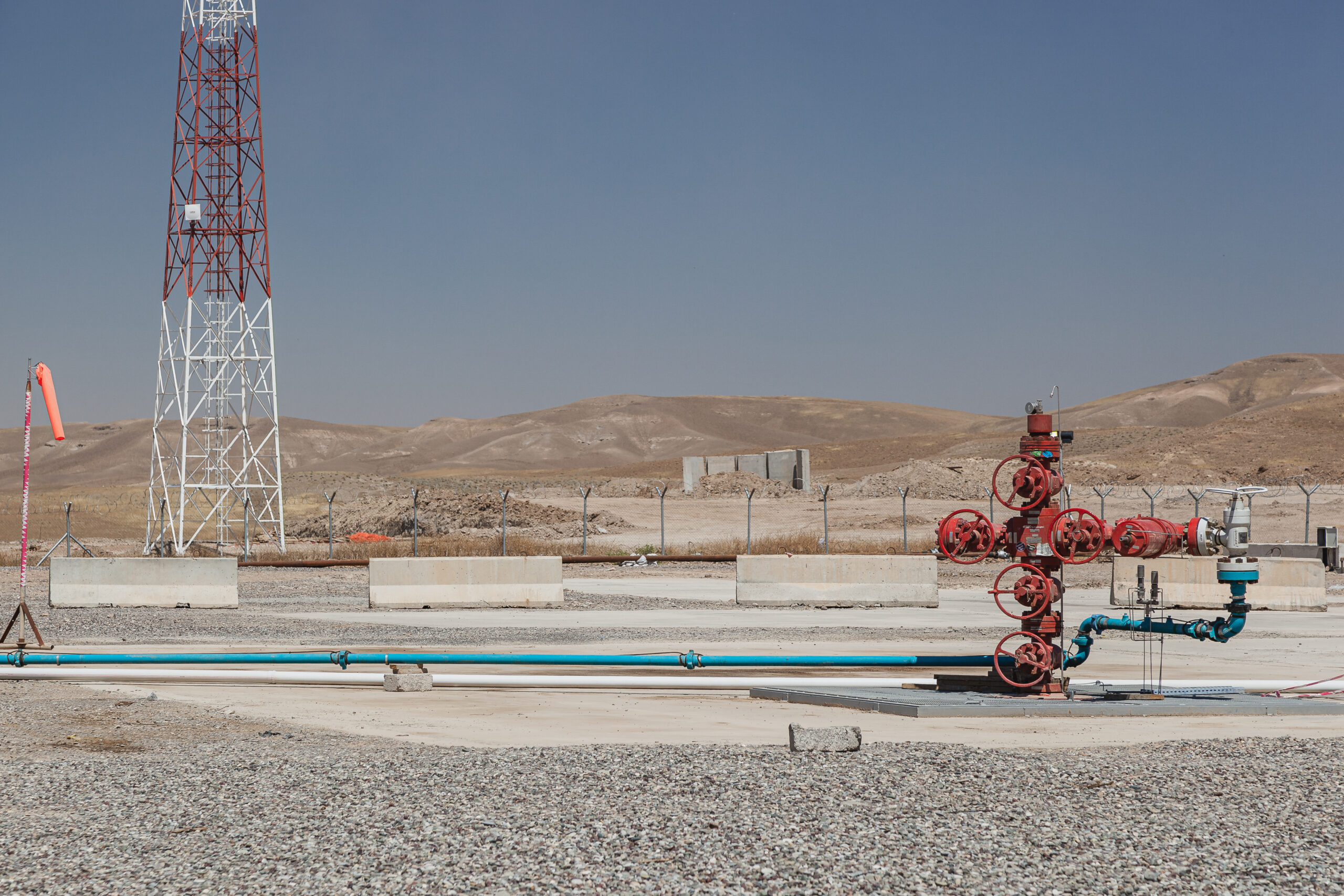Dutch Groningen gas field shuts down permanently
The Groningen gas field was closed on the back of rising concerns related to earthquakes linked to production activity.

The closure of the Groningen gas field in the Netherlands earlier this month marks a historical moment for the country, as it navigates the transition from fossil fuel exporter to importer, and with the halting of production going ahead despite a tight gas market leading to security of supply concerns.
Groningen gas production was down to zero on October 1, in line with what was previously announced by the Dutch government. However, production might temporarily be ramped up in case of a cold snap for another year, a spokesperson for the Dutch ministry of economic affairs and policy confirmed to Gas Outlook.
The field’s infrastructure is to be completely dismantled in October next year, she added.
The giant Groningen gas field started production in the 1960s, prompting the Netherlands to become the biggest European continental gas hub, with Dutch TTF wholesale prices setting the benchmark for other neighbouring markets.
It is operated by NAM, a joint venture between Shell and ExxonMobil.
It is one of the world’s biggest gas fields (2,800 billion cubic meters), with a “significant volume of gas still present in the field today,” according to NAM.
The field was once supplying some 40 bcm/year of gas — equivalent to around 10% of European demand.
The decision to shut down Groningen was taken years ago on the back of rising concerns related to earthquakes linked to production activity at the field.
In line with that, production has been decreasing gradually over the years, falling to 24 bcm/year on the back of a cap introduced in 2016.
The shut down of the field, which was initially due to happen in 2030, was brought forward to 2022 but then postponed again for one year due to the energy crisis, with the field still producing some 2.4 bcm during gas-year 2022-2023.
“That’s not much, less than 1% of EU gas demand” of around 345 bcm in 2022 but “given the crisis, that was nevertheless welcome,” Anne-Sophie Corbeau, global research scholar at the Center on Global Energy Policy, told Gas Outlook.
“This switch happened in 2018 when the Netherlands became a net importer” of LNG, Norwegian and Russian gas, with additional pipeline supplies coming from Belgium and the UK, she said.
Declining domestic gas production as well as the need to replace Russian gas more recently have been addressed by both increasing alternative supply sources and reducing demand, she said.
“It’s worth noting that the contract with the Netherlands was cancelled in May due to the refusal to pay in roubles as required by the Kremlin, so a bit earlier than Germany,” she added.
Dutch gas demand dropped by 22% in 2022 to 27 bcm, higher than the 13.5% decrease in gas demand across the EU.
Criticism mounts over loss of supply
While Europe coped with last winter’s energy demand thanks in part to mild weather, there is growing criticism that the shutdown of Groningen is going ahead despite ongoing supply issues expected this winter.
“The Dutch government should have considered increasing Groningen gas production and kept it for a few more years,” she said.
“The supply and demand issue is not easy, because the Netherlands is a transit country,” she added.
The shutdown of Groningen so early is a “very bad decision” which deprives the Netherlands of short-term options to address gas security of supply, energy expert Cyril Widdershoven told Gas Outlook.
“For the market, including industry and consumers, price levels for natural gas will be much higher for the next years” both domestically and in the wider Northwestern Europe area, despite the ramp up of LNG imports in Belgium, Germany and UK.
Moreover, losing Groningen gas is exposing the country to higher dependence on LNG imports from the U.S. and Qatar, he said.
While European storage facilities are at record levels, storage is likely going to provide a limited percentage of gas over the winter, with the majority still coming from imports.
“Groningen could and should have helped,” he said.
In the longer-term, “there is a clear direction of travel which has been set at EU level and will be implemented in different countries, but with some national differences,” Corbeau said.
“It will be a mix of increasing renewables, notably solar and wind, increasing hydrogen and its derivatives in the energy mix, although there are doubts about whether the ambitions are achievable and, reducing energy demand through increased energy efficiency, increase electrification notably through the increased use of heat pumps and increase biomethane production.”
However the expected shift towards hydrogen and ammonia is not likely to materialise before the end of this decade, Widdershoven stressed.
“Higher bills and prices will also have a major impact on overall political stability” ahead of general elections in the Netherlands in November, he anticipated.



